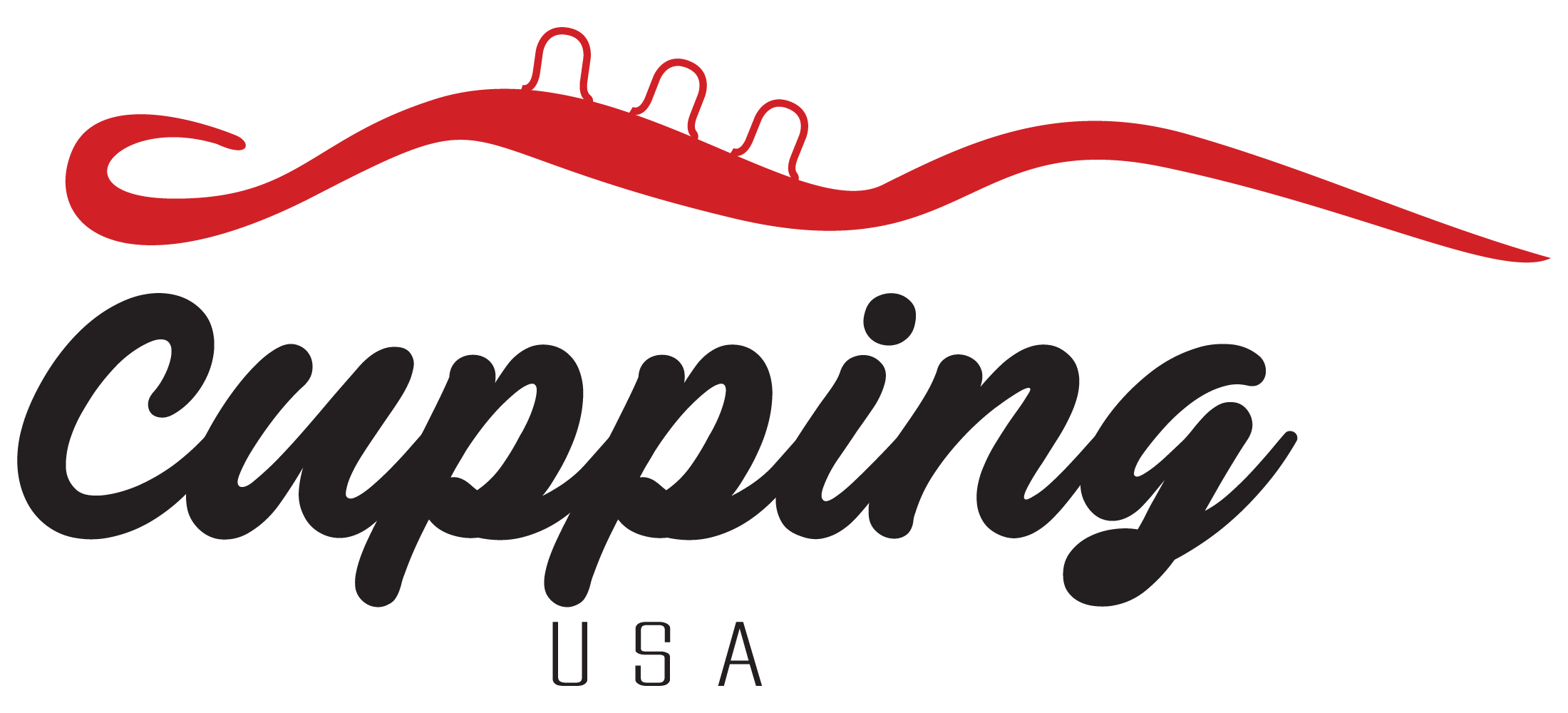Below is a list of some of the most cited recent research related to Cupping Therapy. If you have other publications that you believe should be added to the list please feel free to pass them along.
1. The physical and physiological effects of vacuum massage on the different skin layers: a current status of the literature published in September 2016
The aim of this review is to present an overview of the available literature on the physical and physiological effects of vacuum massage on epidermal and dermal skin structures in order to find the underlying working mechanisms that could benefit the healing of burns and scars.
2. Cupping therapy: A prudent remedy for a plethora of medical ailments published in February 2015
Cupping therapy, one of the CAM, is practiced across the world. This therapy is believed to act by correcting imbalances in the internal bio field, such as by restoring the flow of “Qi". Cupping involves applying a heated cup to generate a partial vacuum that mobilizes the blood flow and promotes effective healing. This review outlines various tools and techniques of cupping therapy.
3. An Updated Review of the Efficacy of Cupping Therapy published in February 2012
On the basis of a study of six databases all through 2010, researchers have concluded that cupping therapy has been proved to be highly effective in treating medical problems like cervical spondylosis, acne, facial paralysis or Bell’s palsy, herpes zoster, lumbar disc herniation, and cough and dyspnea.
4. Evaluation of wet-cupping therapy for persistent non-specific low back pain: a randomised, waiting-list controlled, open-label, parallel-group pilot trial published in March 2011
A study was conducted on a group of 32 participants suffering from lower back pain, of which 21 were given wet cupping treatment combined with acupuncture at two specific points on the back for two weeks. All the participants were also prescribed exercise and acetaminophen. It was found that the group given the cupping sessions showed significant improvement in the pain as compared to the other group.
5. Randomized Controlled Trial of Pulsating Cupping (Pneumatic Pulsation Therapy) for Chronic Neck Pain published in 2011
Pulsating Cupping or Pneumatic Pulsation Therapy when combined with massage can give relief to patients suffering from chronic pain in the neck. It can also help improve the quality of life for patients.
6. Wet cupping therapy for treatment of herpes zoster: a systematic review of randomized controlled trials published in December 2010
A series of 8 Randomized Controlled Trials were conducted on 651 patients. Researchers found that when wet cupping treatments were given to them for herpes zoster along with medications, their symptoms showed a significant improvement and reduced the rate of postherpetic neuralgia.
7. The effect of moving cupping therapy on nonspecific low back pain published in April 2006
A study was conducted on the effectiveness of moving cupping or gliding cupping for relieving lower back pain. 37 patients were given moving cupping therapy while 33 other patients were treated with the medicine, dexibuprofen, a kind of nonsteroidal anti-inflammatory drug. It was found that the patients taking cupping therapy found it more effective as compared to those taking the drug therapy.
8. Medical and Scientific Bases of Wet Cupping Therapy (Al-hijamah): in Light of Modern Medicine and Prophetic Medicine published in May 2013.
Researchers have found that there are many ailments for which medication like steroids, opioids, and non-steroidal anti-inflammatory drugs need to be prescribed. However, often these medications have to be discontinued when patients cannot tolerate them. Such patients can opt for alternate methods of treatment like cupping therapy for issues like persistent nonspecific low back pain, chronic non-specific neck pain, herpes zoster, lumbar disc herniation, and fibromyalgia, among others.
9. The Efficacy of Wet-Cupping in the Treatment of Tension and Migraine Headache published in 2008
After conducting treatment with wet cupping on 70 patients over a period of 3 months, it was found that their symptoms of severe stress-related headaches and migraines were greatly reduced.
10. Cupping for Treating Pain: A Systematic Review published in April 2007
Randomized clinical trials were conducted on patients with lower back pain, pain from cancer, herpes zoster, and trigeminal neuralgia, among others. The study found that when patients were treated with a combination of wet and dry cupping therapy, those receiving the treatment along with drugs for cancer and analgesics responded with less pain that those that received only the medication.
11. Cupping for Hypertension: A Systematic Review published in 2010.
Keeping the Cochrane criteria in mind, the results of dry cupping therapy for hypertension was studied. The study found that both dry and wet cupping is highly effective in cerebral vascular function. This treatment also improves the ability of the arteries to expand and contract and thus pump blood more effectively.
12. Cupping for stroke rehabilitation: A systematic review published in March 2010
Cupping therapy has been found to show good results in patient that have suffered a stroke. The treatment can help relieve pain in the hemiplegic shoulder and high upper-limb myodynamia.
Content courtesy of https://cuppingresource.com/medical-research-for-cupping-therapy/
